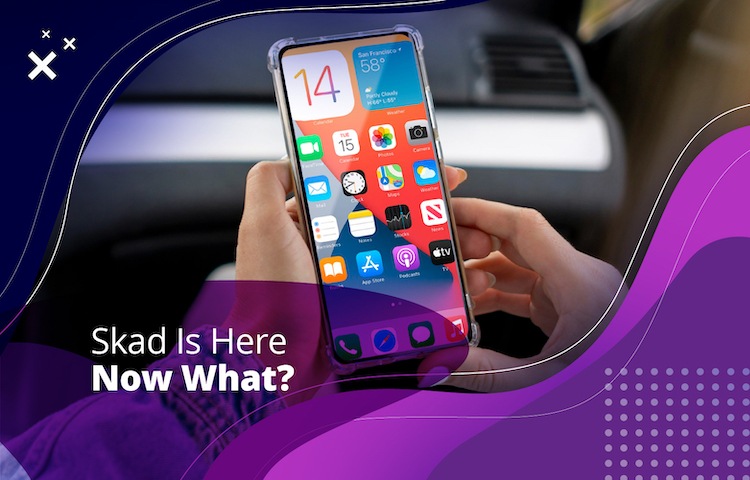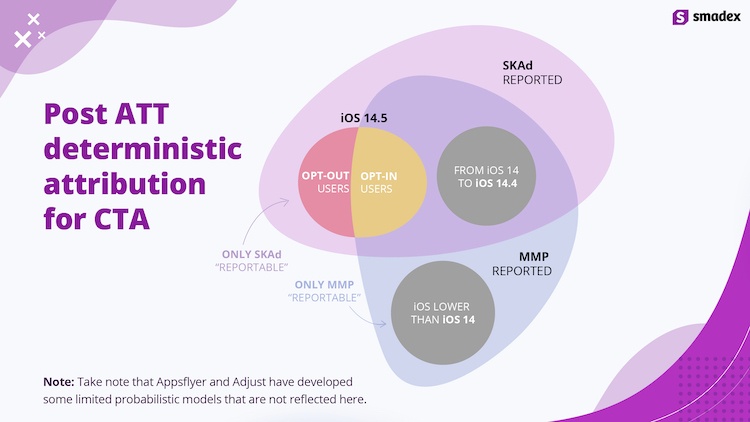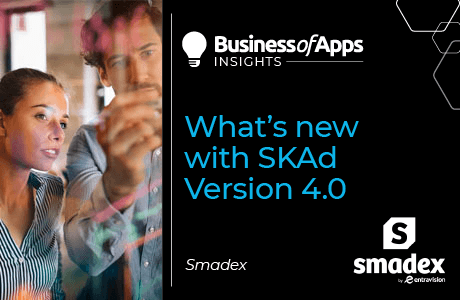
Now that Apple has officially announced the full #SKAdnetwork implementation on the week of the 26th of April, it’s a good time to check where you as an advertiser stand in front of all the changes that come.
It doesn’t mean everything is changing right away. Users still need to update their devices to the latest iOS version. Looking back, we can see it won’t take long for early adopters to do so. Flurry has done a great job reviewing the adoption curve of past iOS releases.
🔍 Master Onboarding with JTBD & MaxDiff
Discover how to optimize your app’s onboarding process using the Jobs-to-be-Done framework and MaxDiff analysis.
Download nowIn a nutshell, if we trust that users will react like last time when upgrading from iOS13 to iOS14, we could say:
-
- 9% will update to iOS14.5 in the first 2 days
- 30% will update to iOS14.5 in the first 10 days
- 40% will update to iOS14.5 in the first 30 days
iOS14.5: Checklist for Advertisers
The clock is ticking. What are the top three topics every advertiser should have under control right now?
- Decide if you want to ask for tracking permission or not. Some big advertisers don’t want to ask users for permission to track them, since it may damage their brand. If you intend to keep receiving the same information for attribution purposes, you’ll need to take on some changes:
-
- To keep receiving your “regular” MMP attributed installs, you will need to ask for tracking permission (*). We still have to see how users will react, but the latest research suggests a higher opt-in rate than estimated with Appflyer venturing at least 39%.
- If so, good advice is to start testing opt-in messages to see which one works best for you. Testing A/B creatives can get really technical really fast, so it’s better to set your benchmark and select your modeling analysis along your MMP. Adjust explains the differences better than me.
- Ok, so you will lose at least some attributions from opt-out users. The solution Apple offers to track that audience is SKAdNetwork, which offers limited data for optimization. While your advertising partners should be able to work with the MMPs as well as with SKAdNetwork, you’ll need to understand how to work with two different sets of data.
Take into account that you’ll see a discrepancy between CPIs on SKAd enabled and non-SKAd enabled impressions and will receive information at different times, too. So it’s best to have a clear understanding of where you are standing.
- After ATT is fully in place, you will no longer have a “General CPI” to optimize towards. You will need to define how to work when having different metrics from both your MMP and SKAdNetwork, considering you’ll have an overlap between them:
-
- MMP attributed installs for:
- iOS14.5 opted in users
- iOS14.4 and below users
- MMP attributed installs for:
-
- SKAdNetwork attributed installs for:
- iOS14 or higher users in SKAd-ready publishers with SKAd-ready partners
- SKAdNetwork attributed installs for:
The full rollout will fundamentally change the way we market and measure, and many advertisers are still finding their way around their strategies.
How are you facing the challenge? Get in touch to discuss your strategy with our team.
(*) – When we are talking about MMP attribution in this article we are referring to the regular MMP attribution. Initiatives like AppsFlyer Aggregated Advanced Privacy (AAP) are supposed to work despite not having opt-in.











